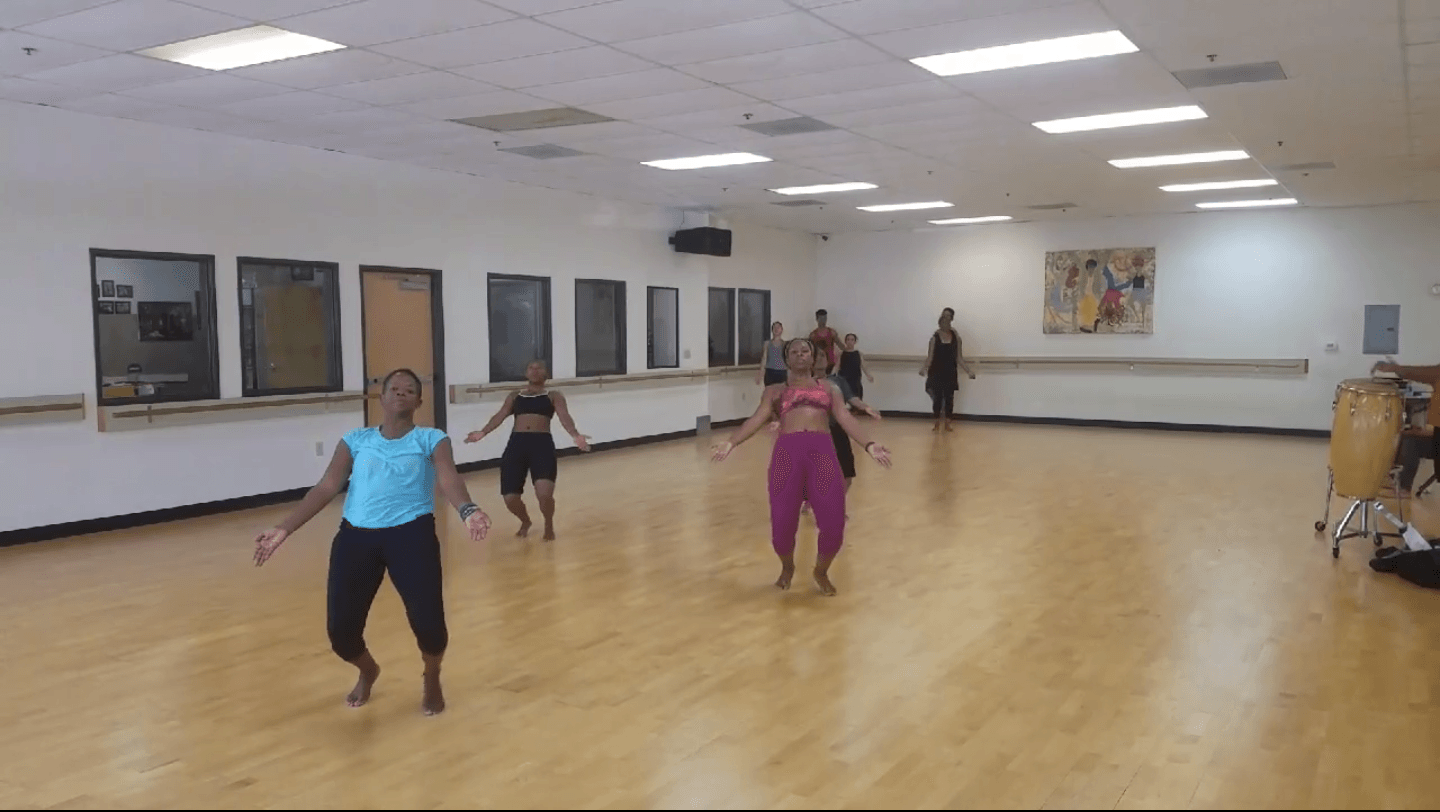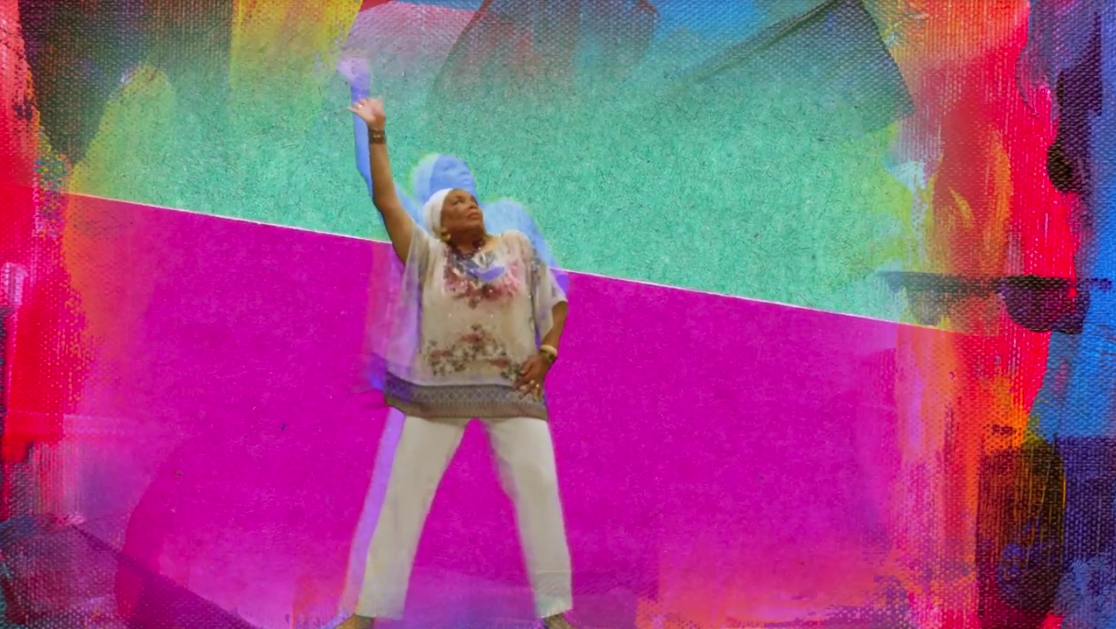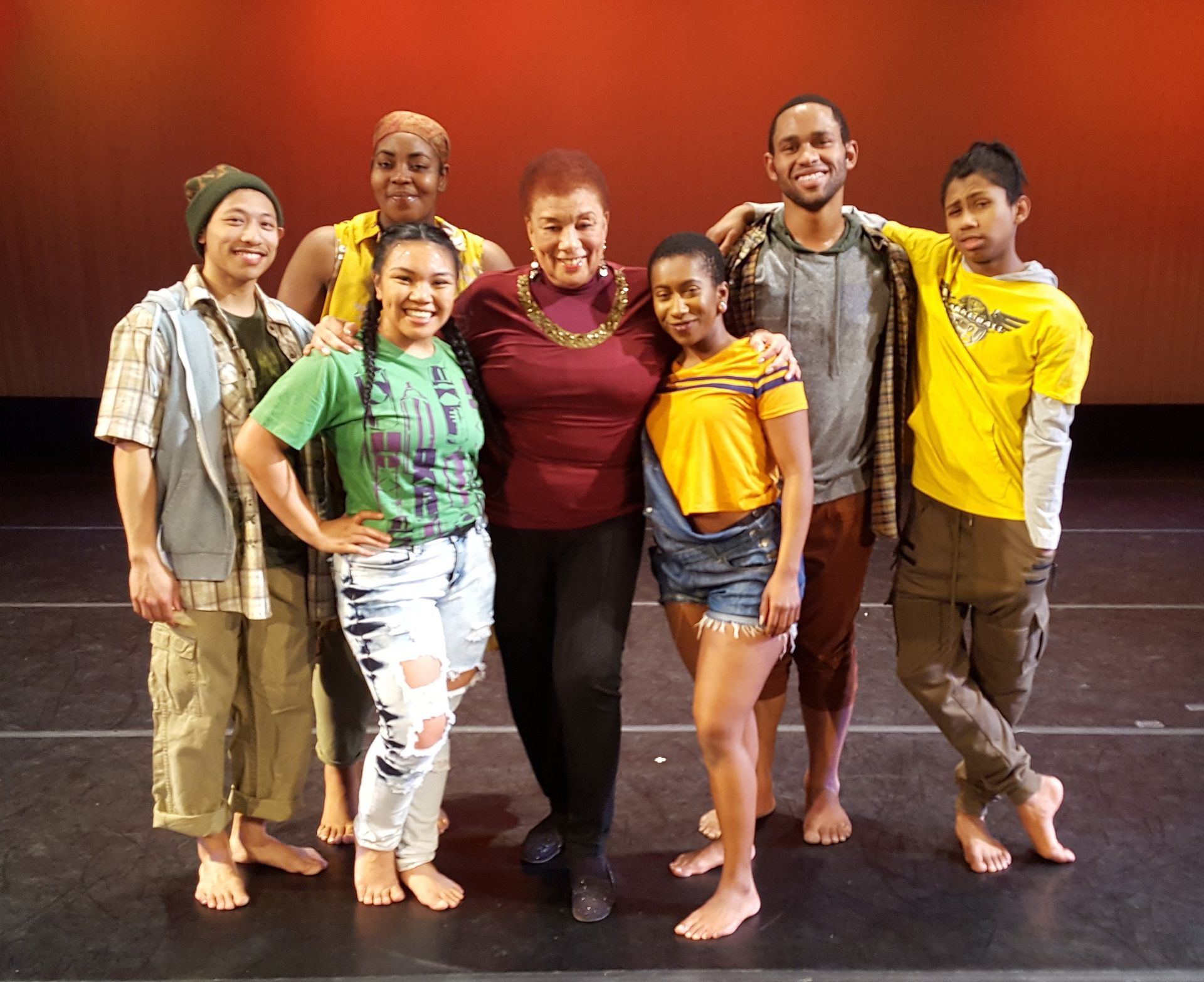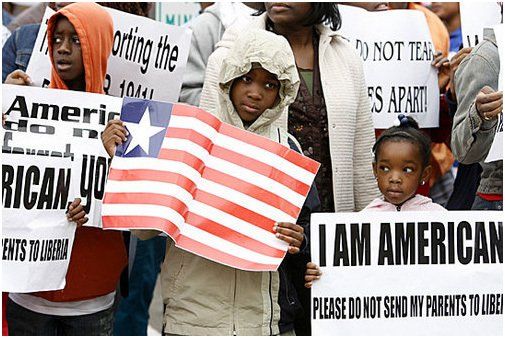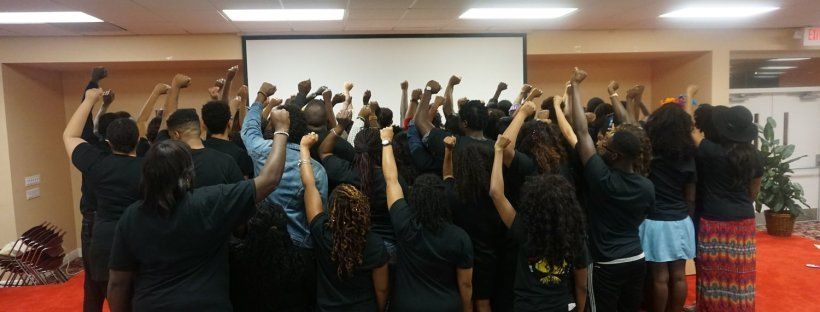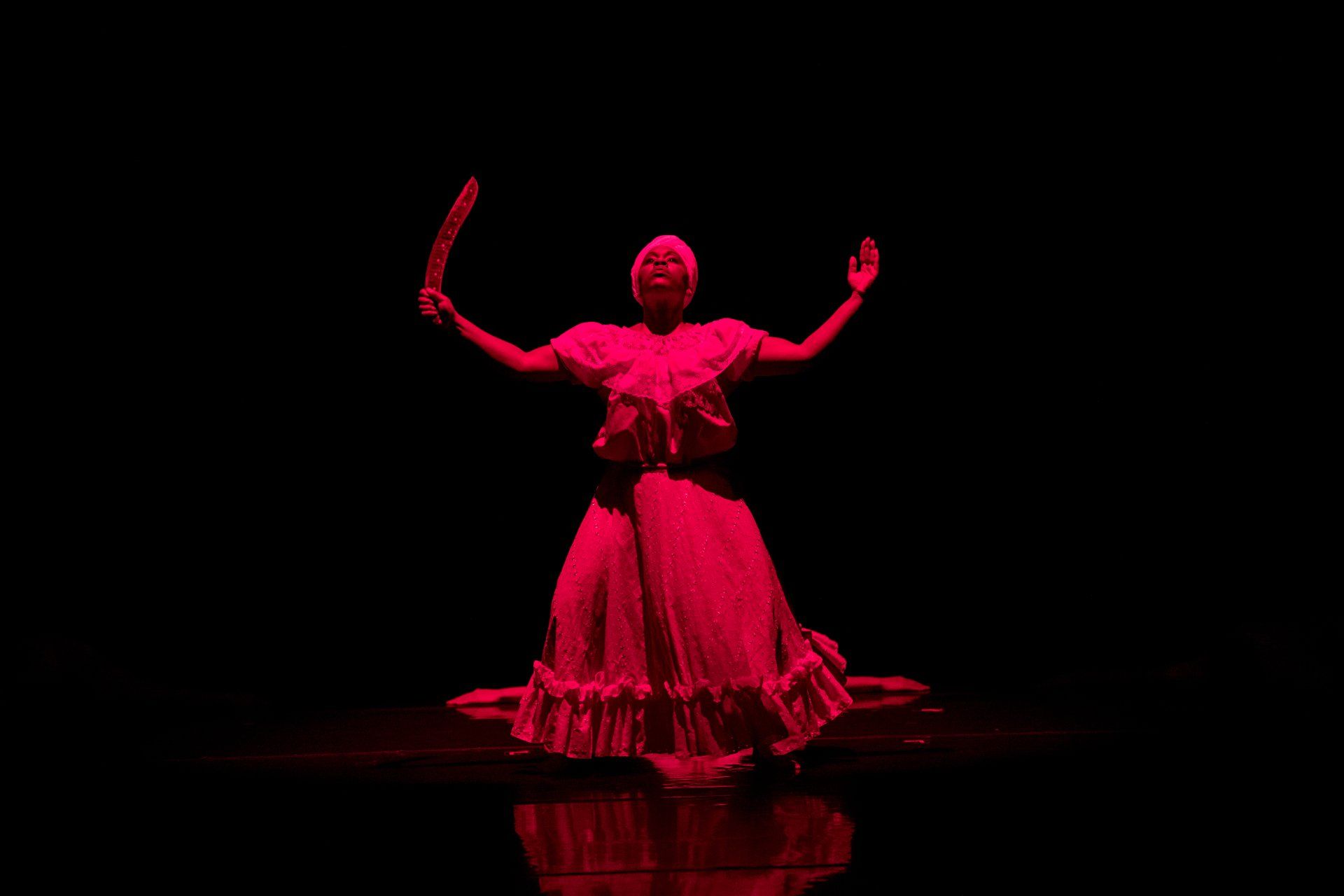AMERICA’S 3RD RECONSTRUCTION – BLACK LIVES MATTER
A demonstrator, Leshia Evans, protesting the shooting death of Alton Sterling is detained by law enforcement near the headquarters of the Baton Rouge Police Department in Baton Rouge, LA, on July 9, 2016. Credit: Jonathan Bachman/REUTERS
With the deaths of Philando Castile in St. Paul and Alton Sterling in Baton Rouge a day apart from each other, added to those of Michael Brown, Eric Garner, and Sandra Bland, along with the killing of the five policemen in Dallas and three in Baton Rouge, I feel like I am back in 1968 when it felt like all-out Revolution in the streets of the United States. Yes, I am old enough to remember the race riots across the country of the Long Hot Summer, and the high-profile killings of Rev. Martin Luther King, Jr. and Attorney General Robert Kennedy. When I give into momentary despair at our current socio-political situation, I feel things are as futile and hopeless as they did in 1968, when it appeared that our nation was in an all out race war.
But as an academic, I am compelled to think historically. And it donned on me that in 2016, with the increase of gun violence and uncontrolled killing of unarmed black people by those sworn to “protect and serve,” ironically during the last administrative months of the first black President of these United States, we are actually entering the 3rd Reconstruction period in American history. The first one is historically called “Reconstruction,” as it was literally about trying to “reconstruct” and unite the states again after the Civil War. For approximately seven years the federal government actually enacted a reparations program for newly freed men and women (after 250 years of the slave trade and the inhumane “peculiar institution”) by implementing policies like the Freedman’s Bureau and the development of schools to educate black folks forced into illiteracy during slavery; these schools eventually became the nation’s Historically Black Colleges and Universities (HBCUs). There was even the unlegislated bestowing on freed slaves of “Forty Acres and a Mule” by union army General William T. Sherman on January 16, 1865. Oh, if only that Order could have really been instituted, then perhaps the course of American history would have changed: black folks would have had a fighting chance to economically and socially join the evolving nation. Today, one hundred and fifty years later, we are still dealing with the legacy of the failure of the lst Reconstruction and America’s “original sin.”
The point is that the United States, in an attempt “to form a more perfect union,” actually devised a national plan to repair some of the historical damage perpetrated on African Americans. This attempted strategy came after the only war fought on this land, our own bloody Civil War that was waged about what to do about the millions of Africans enslaved in this country for hundreds of years. And the period of the lst Reconstruction,* before the occupying Union Army pulled out of the South in 1877, was highly contentious and caused much resentment in the South. The social discontent of having their way of life changed (i.e., slavery and free labor), set the tone for the South’s apartheid-like Jim Crow laws of segregation and the establishment of the national stereotype of the black male as brute and rapist (See D. W. Griffith’s 1914 film Birth of a Nation), lasting another one hundred years until the 2nd Reconstruction---The Civil Rights Movement.
The fact that America even needed a 2nd Reconstruction with the massive mobilization of people of all races sitting-in, praying-in, boycotting, marching, and constructing new moral arguments for the equal treatment under the law for blacks, who had already endured slavery, was a testament to how deeply entrenchment racism was (is) in this country. Why did so many organizations have to be established like the Southern Christian Leadership Conference, headed by Dr. King, the Student Non-violent Coordinating Committee, and the Congress on Racial Equality, as well as all the voting rights campaigns in states like Mississippi, and Alabama, and Georgia? Why did fire hoses and dogs have to be unleashed on innocent citizens of all colors marching for the basic rights of citizenship for blacks? After all, the 13th, 14th, and 15th Amendments to the construction was supposed to have already “banned slavery and all involuntary servitude” and guaranteed former slaves the right of citizenship based on birth, including the right to vote. Why were black servicemen shunned and abused when they returned from overseas after serving their country? Why did so many people have to be jailed, maimed, burned out of house and home, and even die to receive what should have already been taken for granted after the Civil War was won by the North?
The truth is that whether blacks lived in the North or the South back then, they were the victims of discrimination in housing, education, jobs, and subject to unlawful police tactics of abuse and imprisonment. Witness the chain gangs of the South that created a new form of slavery through forced labor of mainly black men jailed for often simple acts of “vagrancy,” while hanging out because they couldn’t find employment. These human rights atrocities, which today the U.S. accuses other countries of perpetrating, were the reason we needed the hard-won Civil Rights Movement that created the 1964 Civil Rights Act and the 1965 Voting Rights Act, yet again guaranteeing all citizens, including blacks, the basic rights that they should have already had.
So why in the second decade of the 21st century are we again faced with what law professor Michelle Alexander calls “The New Jim Crow?” Why are we still faced with overt racism, particularly in the form of police brutality against black and brown bodies? Statistics show that today more African Americans and Latinos die at the hands of police and authorities than whites. Why is the nation faced with the killing of unarmed black men by police---sometimes weekly---like a spreading disease? Within these senseless killings, I also include uniformed police being killed by black men wrongfully taking revenge on cops. In July 2016 we mourn the deaths of Castile, Sterling, and the eight Dallas and Baton Rouge policemen all at the same time. The Black Lives Matter movement, initiated after civilian vigilante George Zimmerman was acquitted after the 2012 Trayvon Martin murder, has founded what I consider to be the 3rd Reconstruction.
The lst Reconstruction was the U.S. government’s attempted reparations (that didn’t last nearly long enough) for 250 years of slavery, while the 2nd Reconstruction was initiated by the people to re-legislate the basic rights of citizenship for African Americans---from crucial rights like voting to mundane rights like riding in the front of the bus and eating at a drugstore lunch counters. But an adage that has been uttered many times regarding these two efforts at righting America’s greatest sin is: “You can’t legislate morality”; you can’t change what is in the human heart. But, I say that is exactly what is needed today: a deep plummeting by each individual of his/her own heart and sense of humanity. The 3rdReconstruction is pushing us to do just that. While the Obama administration’s Justice Department, under Loretta Lynch---the first black woman to head the primary federal criminal investigation and enforcement agency, is attempting to reform police departments with more community oversight and accountability for shootings of unarmed black men, but the Black Lives Matter Movement is turning our attention to the human ethics of the whole matter of racial difference in this country.
We can create more laws trying to legally ensure equality, but if we don’t get individuals and communities to interrogate their hearts about basic human right and wrong, we will continue to be ruled by our original sin of slavery, racism, and disenfranchisement. The Black Lives Matter Movement, started by three young black women--- Alicia Garza, Opal Temeti, and Patrisse Cullors---is founded on also examining the human and existential issues of dignity that make us examine our hearts, not only our policies and legal system. If all people don’t empathetically interrogate what it has meant and means to be black in racist America, we will never move beyond this historic quagmire of America’s original sin. The official website of the Black Lives Matter movement says:
When we say Black Lives Matter, we are broadening the conversation around state violence to include all of the ways in which Black people are intentionally left powerless at the hands of the state. We are talking about the ways in which Black lives are deprived of our basic human rights and dignity.
More contemplating of human rights and dignity from a level of the heart is what is called for in the 3rd era of Reconstruction.
One example of the contemplation of rights and dignity during this crisis is Royce Mann, a 14-year old white male going to a private school in Atlanta, who wrote a poem called “White Boy Privilege” that went viral with over 8 million views. He says, “To be honest I’m scarred of what it would be like if I wasn’t on the top rung; if the tables where turned and I didn’t have my white boy privilege safety blanket to protect me.” He also poignantly wrote about how his white boy privilege makes him see the police: “I love it because when I see a police officer, I see someone on my side.” This level of honesty came from the mouth of a child, an 8th graders who took a school course called “Race, Class, and Gender.”
We all need to be going within ourselves and noticing why there is such disparity between how white and black people see this country.We all need to be interrogating ourselves, like Royce Mann, and examining ourselves from those three common denominators that Americans all need to confront---race, class, and gender. One of the last lines in his poem says what he ultimately got out of his course: “We need to take this ladder and turn it into a bridge.” In other words, the hierarchy of race, class, and gender, in this society needs to become a link to our understanding that we are ultimately all the same, and that we need each other to successfully graduate fro this school of life. This is part of the 3rd Reconstruction that the nation is going through during this period--- dealing with our hearts and minds that must finally change, beyond the enacted laws, if America is ever going to live up to its founding principles.
In the 21st century, we have to do more than what was done in the 19th and 20th centuries during the first two Reconstructions. We must look within, and make The Golden Rule really what is meant to be: “Do Unto Others, as You Would Have Them Do Unto You”; instead of what it has historically meant: “Those who have the Gold, Make the Rules.”
*For those of you who really want to know more about the first Reconstruction, two important texts are:
1) W.E.B. DuBois, Black Reconstruction in America, 1860-1880 (2012, 1935),
2) Eric Foner, Reconstruction: America’s Unfinished Revolution, 1863-1877 (2014, 1988). Both can be purchased on Amazon.com.


